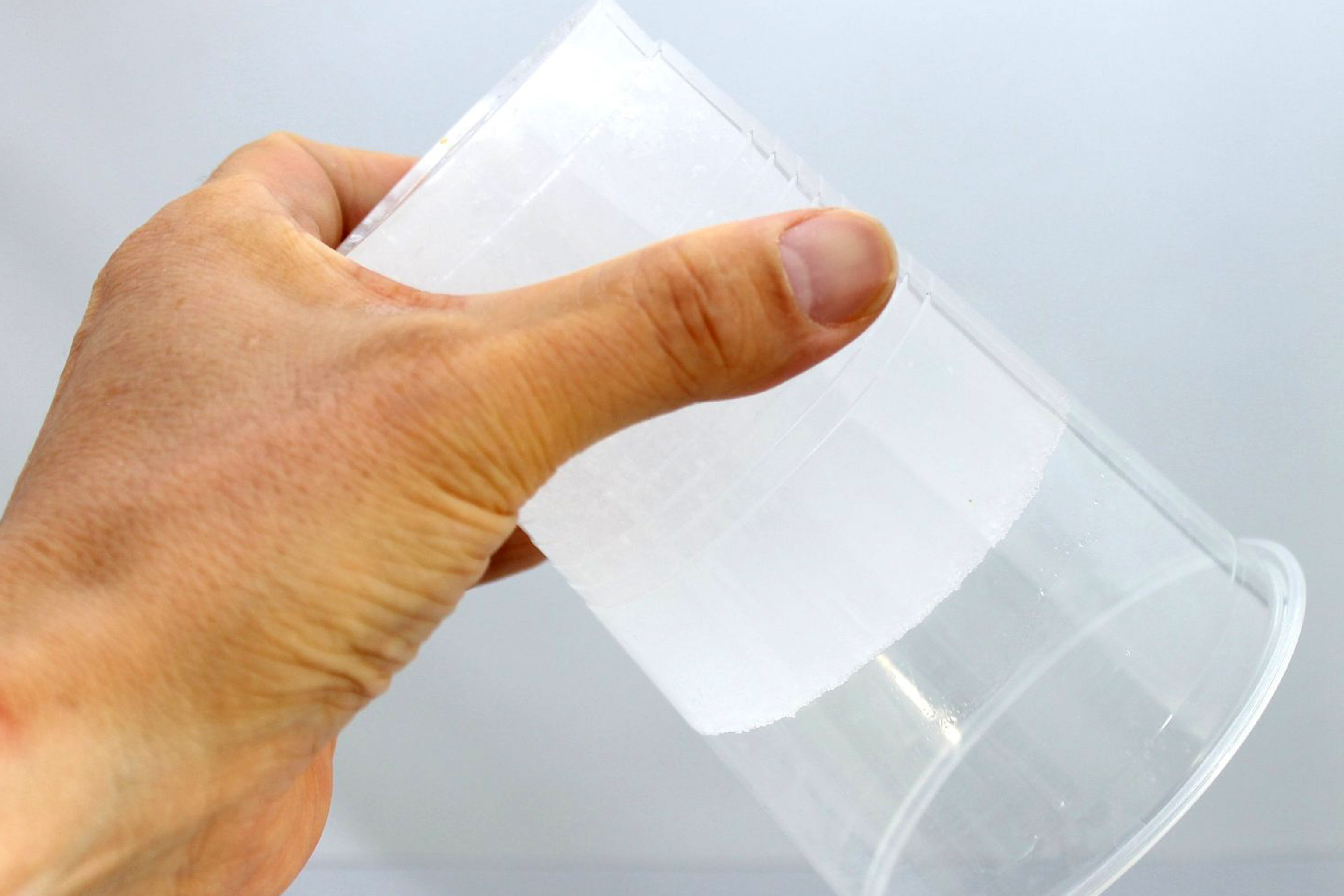Perform a science trick
Make a Cartesian diver using a plastic bottle and a small sealed pipette; squeeze to make it sink and float to explore buoyancy.



Step-by-step guide to make a Cartesian diver
10 Easy Science Experiments - That Will Amaze Kids
Step 1
Gather all your materials on a table so everything is ready to use.
Step 2
Fill the plastic bottle almost to the top with water leaving about 2 cm of air space.
Step 3
Pinch off a tiny piece of modeling clay so it can act as a weight for the pipette.
Step 4
Press the tiny piece of clay onto the bottom of the pipette so it sticks and makes the pipette a little heavier.
Step 5
Squeeze the pipette bulb and release it while the pipette tip is under water to trap a small air bubble inside.
Step 6
Place the pipette upright into the bottle and let it float freely in the water.
Step 7
Screw the bottle cap on tightly so no water will leak when you squeeze the bottle.
Step 8
Squeeze the sides of the bottle firmly and watch the pipette sink as the air inside compresses.
Step 9
Stop squeezing and watch the pipette float back up when the air inside expands.
Step 10
If the pipette sinks too fast or never floats back up, unscrew the cap and take the pipette out to adjust it.
Step 11
Add a tiny bit more clay to make the pipette heavier or remove a tiny bit to make it lighter and then put it back in the bottle and screw the cap on.
Step 12
Share a photo or video of your Cartesian diver experiment and what you learned on DIY.org.
Final steps
You're almost there! Complete all the steps, bring your creation to life, post it, and conquer the challenge!


Help!?
What can I use if I can't find a pipette or modeling clay?
Use a medicine dropper as the pipette or a cut plastic straw with a tiny ball of modeling clay pressed onto its bottom to act as the weight, and trap the air bubble by squeezing the bulb or drawing it in while the tip is under water.
If the pipette sinks too fast or never floats back up, what should I do?
Unscrew the cap, remove the pipette, and follow the instructions to add or remove tiny bits of modeling clay from the pipette bottom and make sure you trapped a small air bubble by squeezing and releasing the bulb under water before screwing the cap on tightly.
How can I adapt this Cartesian diver activity for younger or older kids?
For younger children have an adult press the clay onto the pipette and help squeeze the bottle while they watch the diver, and for older kids let them adjust clay amounts, tape a ruler to the bottle, and record how different squeezes change sinking depth.
How can we extend or personalize the experiment after it works?
Put multiple pipettes with different clay weights into the same water bottle to race them, paint or label each diver, and use a taped ruler to measure and compare how much squeezing changes each diver's depth.
Watch videos on how to make a Cartesian diver
Top 5 Easy Science Experiments for kids to do at home with Ryan's World!
Facts about buoyancy and density
♻️ You can build a reusable Cartesian diver from household items: a plastic bottle and a sealed pipette or eyedropper.
🐟 Fish control depth with swim bladders in a way similar to the pipette diver—tiny air changes make big depth changes.
🌊 Squeezing the bottle raises water pressure, compresses the diver’s trapped air, and makes it less buoyant so it sinks.
🧪 The Cartesian diver is named after René Descartes, who described the pressure trick back in the 1600s.
🔬 This demo combines Archimedes’ principle (buoyancy) and Pascal’s law (pressure transmitted equally through a fluid).
How do you make and use a Cartesian diver to explore buoyancy?
What materials do I need to build a Cartesian diver with a plastic bottle and pipette?
What ages is this Cartesian diver activity suitable for?
What safety tips and variations can improve the Cartesian diver experiment?


One subscription, many ways to play and learn.
Only $6.99 after trial. No credit card required



